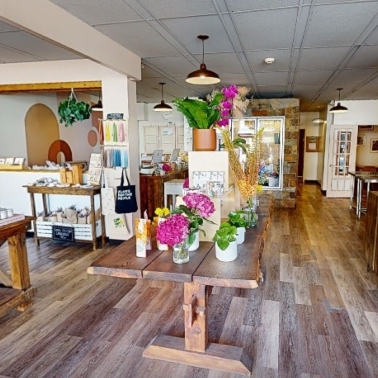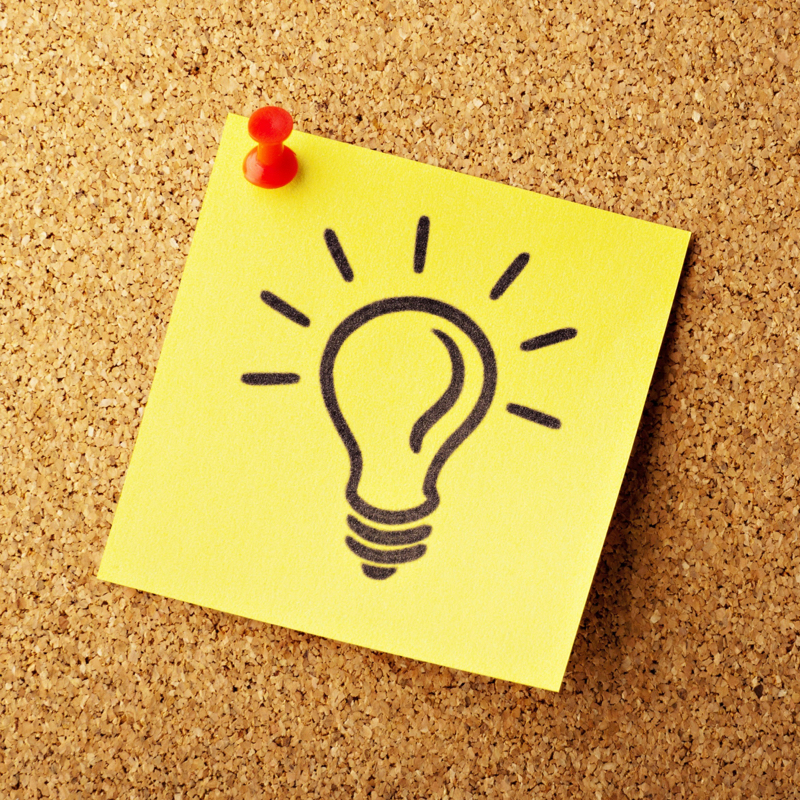It’s better to be prepared
Simple steps you can take today to make you better prepared for fire, flood or other disaster.
We don't like thinking about it, but we all know disaster can strike any time—even here in the Kootenays. The federal government's Ministry of Public Safety lists three essentials on its Get Prepared website:
- Know the risks
- Make a plan
- Get a kit
Have you done all three? It may seem overwhelming to try to put together an emergency kit while dealing with the small emergencies of day-to-day existence. The Get Prepared website states that approximately 85 per cent of Canadians believe that having an emergency kit is important, yet only 40 per cent have one. Since the first week of May is the 20th annual Emergency Preparedness Week in Canada, it's a good time to start thinking like a Boy Scout and be prepared.
At home
Preparedness at home means two things:
- Being able to stay warm, fed and healthy at home if it is too dangerous to go out, and
- Being ready to quickly grab essential items and leave if evacuation is necessary.
There are plenty of resources out there for building an emergency kit and/or grab-and-go bag, including this one from Emergency Management BC. Here's a link to a blogger who claims to have put together a three-day emergency kit menu for $11 made up of foods your kids will actually eat.
At work
Small business can be particularly vulnerable to loss from natural disasters and other emergencies. Your goal will be to get back to business as quickly as you can. Some good information about emergency preparedness at work is found on a City of Victoria website.
Slow and steady
You don't have to run out and buy everything for your emergency kit right now, although you can do that online at the Canadian Red Cross website. But the other option is to take six months to slowly collect the items, using Emergency Management BC's document, 26 Weeks to Family Emergency Preparedness.





Comments